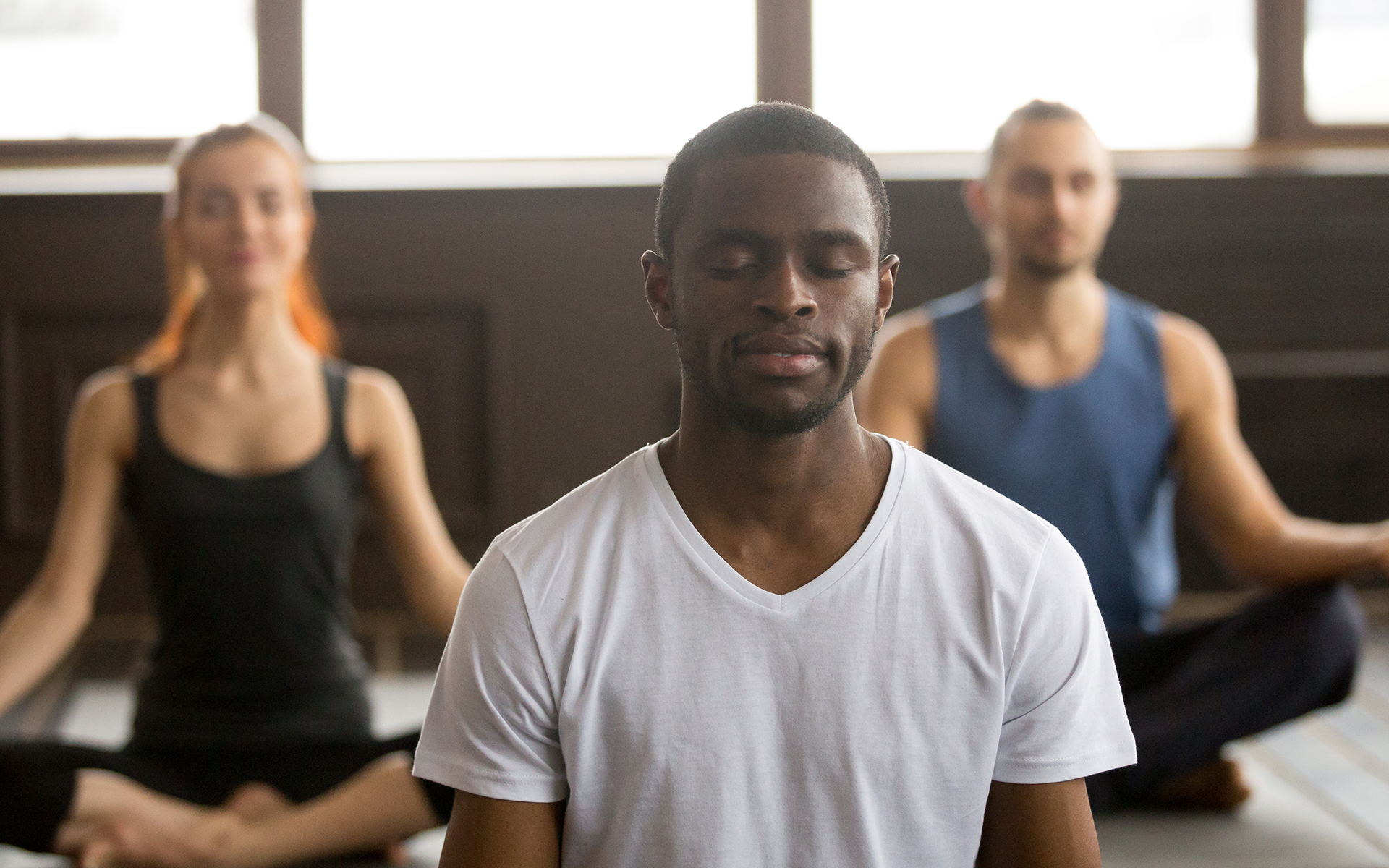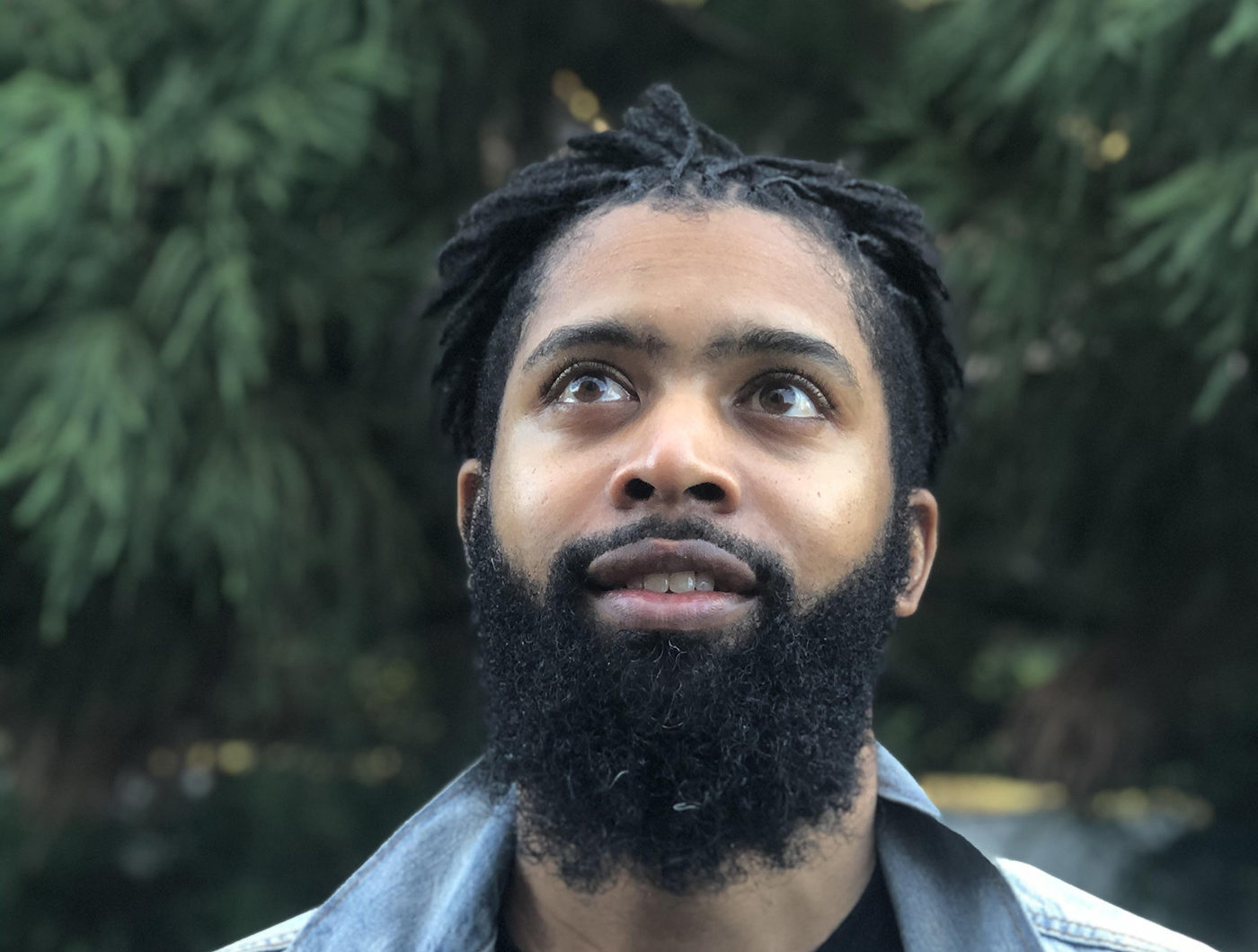Humans are hard-wired for safety. For many of us, it can be a journey and challenge to feel comfortable and safe in our bodies. And yet, our bodies are our first, and most reliable safe space in this world.
So how do we cultivate that safe space? It starts with knowledge. I found out things about myself and others. I discovered what I attracted in my life. I honored my own complicity. I learned from my actions and the actions of those around me. My closest friends taught me my most important lessons and for that I am forever grateful. My family set the foundation for me to even recognize the lessons my friends would bring.
As a child I cried a lot, a whole lot. I was a very sensitive child. Witnessing at a young age matriarchs mourning at the assassination of Dr. Martin Luther King, Malcolm X and so many ancestors. Seeing neighborhoods change and losing so many of our men to oppression, violence, and injustice. Growing up in this world you learn that you have to try to be less sensitive. That was difficult for me, I just am a sensitive human being. But why would I compromise my true nature—my sensitivity? Intuitive and organic I have a real belief in the divine. I tap into my Indigenous nature through intuition and storytelling. This is where my sensitivity gives rise to protection of my nature—but only if I honor it.
How to Create Safe Space for Yourself
Safe spaces have to be cultivated from a deep desire to understand true self-care, self-love and compassion for one’s process or the process one might find themselves in.
It’s what I think of when I consider the lives of Nelson Mandela and Harriet Tubman, and what they had to cultivate for themselves in adversity. Even if it’s in your imagination at first, visualize and actualize in the mind the spaces that create safety. The safety is you and everything you come with.
A 6-Minute Guided Meditation to Move from Safe to Brave
A Guided Practice to Move from Safe to Brave
1. Find a comfortable place to sit, stand, or lie down. Place your hands anywhere by your sides that feels safe. Then close your eyes, or bring your gaze low until a crease of light shines through.
2. Notice what is coming up for you right now. Notice the breath, notice the softness of the body and mind, and notice the whole body breathing like an accordion.
3. Take a nice, slow inhale through the nose all the way to the top of the breath.
Pause and feel the strength in your body. Exhale through your mouth, and bring your belly button toward your spine. Pause at the bottom of the breath and begin again. Feel the fullness of the breath each time that you pause.
4. Now, return to the natural rhythm of your breath. Notice the body. Notice the transition from one space to the next. And breathe. Feel safe in your body.
5. On the next breath, move your hands to touch your palms together right by the heart. Pretend you’re holding something very soft and fragile between your palms and feel the tender sense of touch. In this place of softness and intention, notice what is going on in your heart. Bring all awareness to the heart and take a deep inhale.
6. Next, open the palms to face your heart. As if the palms are a mirror, your healing hands reflect what is happening in your heart right now. The deep compassion you have for yourself. Breathe and feel safety in the body. Feel the reflection of what you’d like to see—from the inside out.
7. On the next exhale, close the palms and hold that space, that fragile intention, that reflection. And exhale, softening the body as you do.
8. When you’re ready, open your eyes. And if they’re already open, feel them open wider. Inhale again in the safe space you created. Hold the space in your hands.
Inhale and exhale shared energy—the reflection of what you see shining out. And breathe.
10. Allow your hands to feel the energy of the space it holds. Then, bring that energy up over your head, all around the body, and back to the heart. As you feel the breath, move into the brave space that is already inside your body. The healing is in your hands, the bravery is in your body.
Take Your Safe Space Out Into the World
A brave space is taking that safe space and moving it into the unknown. We must move into that brave space if we’re going to interact with the wider world at all. When the foundation of trust is apparent and lives in the self-image, we have the capacity to move in and out of brave spaces. Even then, personal ownership is the conduit. Taking ownership of the lens through which we see things is really important.
Imagine someone with a really angry personality. Watch how they create their brave space. Watch the environment respond to their anger. An angry person creates a safe space with other angry people showing up as bullies. You see them moving into the world, starting fights, causing resonance with each other, angry people who are trying to create a safe space.
When the foundation of trust is apparent and lives in the self- image, we have the capacity to move in and out of brave spaces.
To them the world looks like a violent place. They are attracting the vibration they express the most.
On the other hand, a person with a very loving personality will create their brave space from that position of love. The environment will respond to their loving energy. The internal energy of what a safe space cultivates expands to the external. The internal being safe, the external being brave.
This doesn’t mean that we will always be met with what we desire. Especially for Black, Indigenous and People of Color, as we stay in the lane of compassion we still need to be able to speak to the truth in the room. We have to become a people transparent and honest about what we need and want in our lives. The way I give myself permission to say what needs to be said is to talk about the fragility first. To make space and time to mourn, observe, and heal. The hard stuff has to be discussed first—that’s how a safe space is cultivated.
Our wisdom in the world is passed on through experiences, stories, and interaction with the environment from the people around us. We create our safe spaces and then our brave space as an extension of the trust we have in ourselves and the environment that sustains us.
READ MORE
How Mindfulness Teachers Can Build Brave Space
Mindful self-compassion teacher Steve Hickman offers advice for his fellow teachers to lovingly acknowledge the turbulence of their own hearts, and those of their students, during times where compassionate presence and action are needed more than ever.
Read More
A Gentle Movement Practice to Connect With Your Brave Heart
In this seated yoga practice, we cultivate the tools to nurture, strengthen, and give courage to our fearless hearts.
Read More
“No” Is A Complete Sentence
“No” is a word most of us use too infrequently. And, what’s worse, when we say “No” we usually add on all sorts of wheedly explanations. But “No” is a complete sentence, and here’s why.
Read More
R.E.S.T.—A Guided Practice for the Tired and Weary
Rashid Hughes invites us to become more familiar with our inner spaciousness—where the pleasure of resting in awareness is sacred and healing.
Read More










